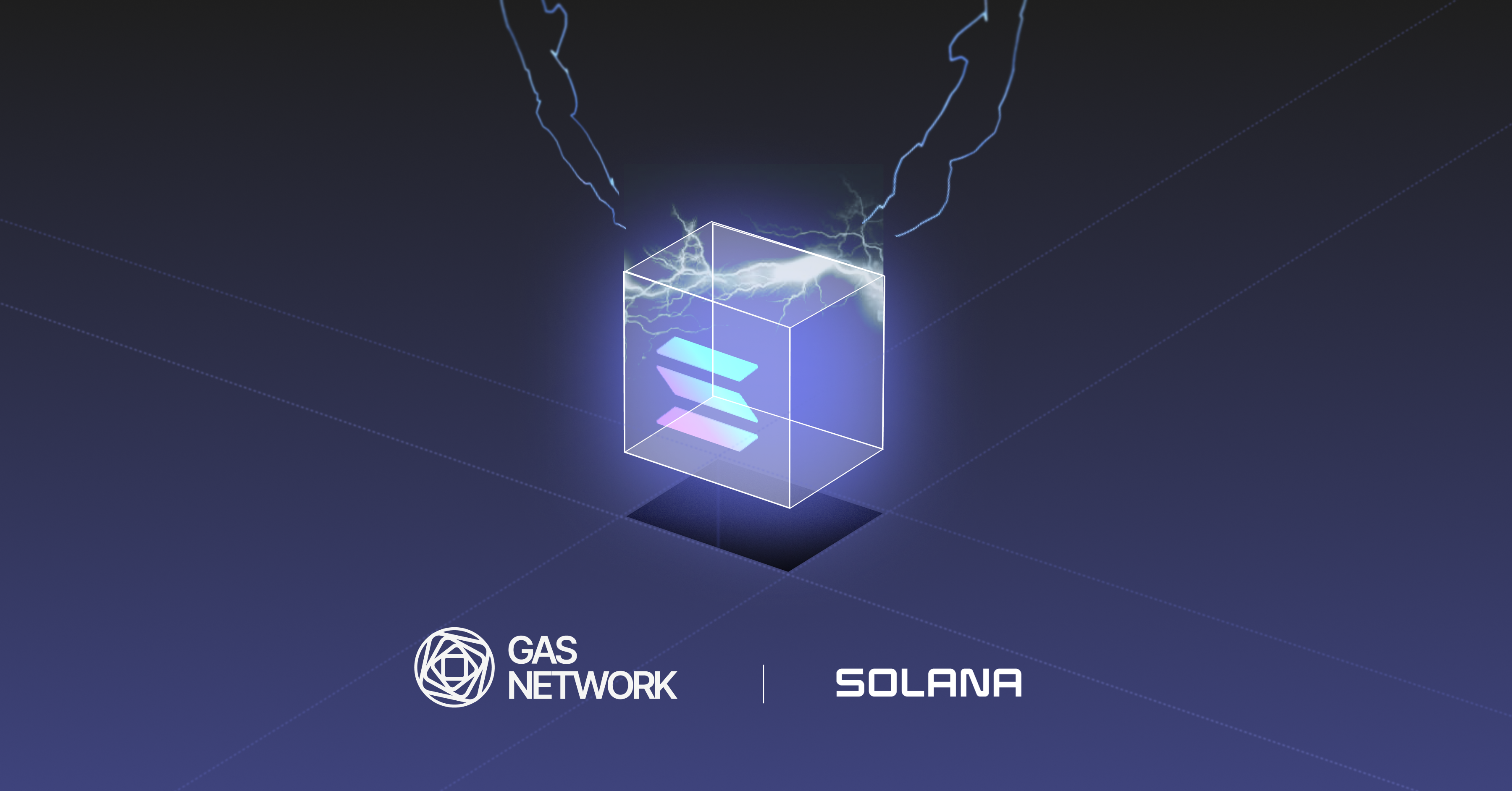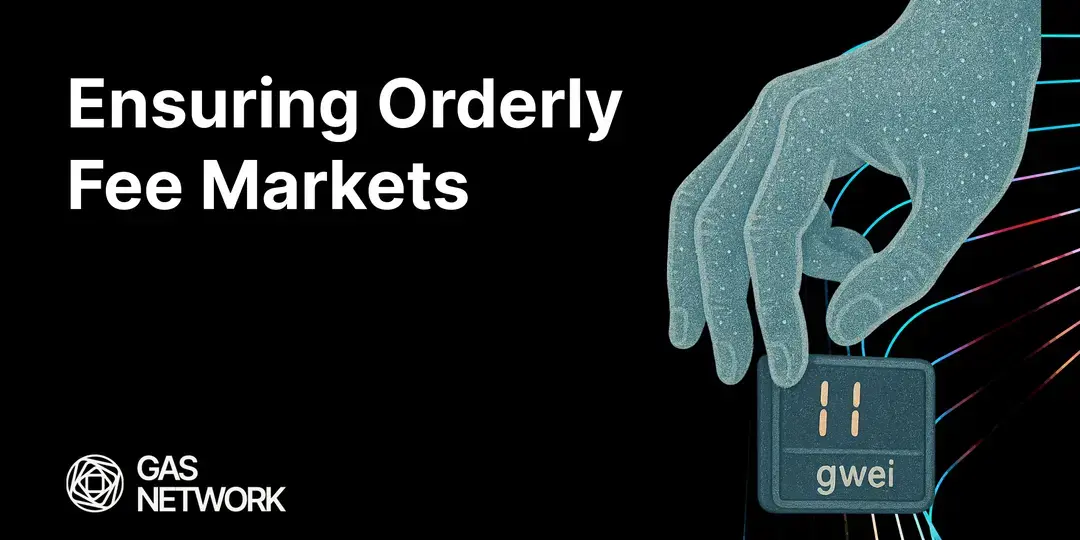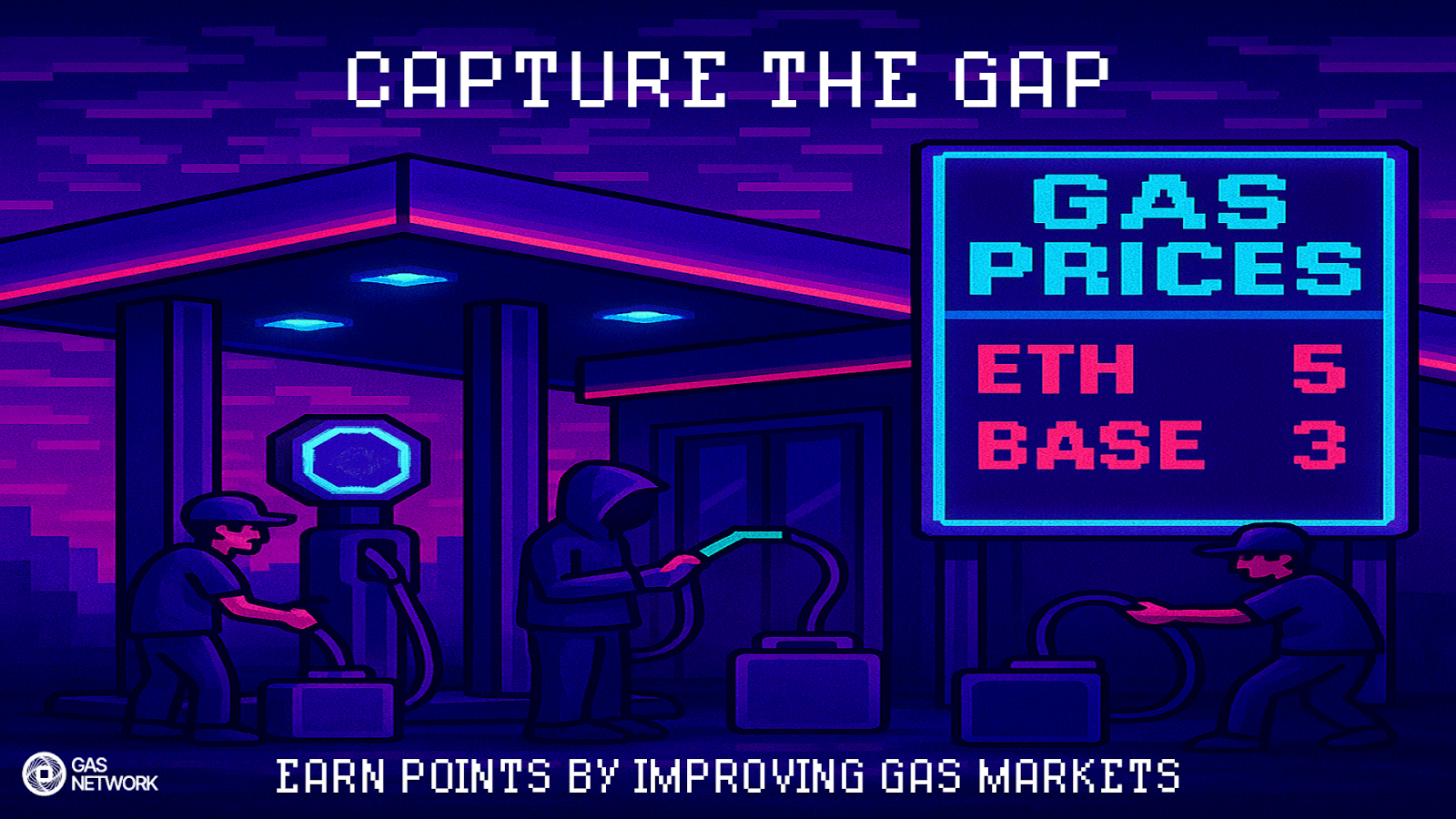Ethereum Validator Staking Calculator
How much ROI can you earn from your own validator?
The calculator below enables Ethereum validators to forecast their ROI for staking ETH, either as a stand-alone validator or in a pool. Toggle on MEV-Boost rewards to see how, on average, connecting to MEV-Boost relays can impact your rewards. Please note that these results are estimated and extrapolated to the best of our abilities.
Connect your validator to our public, peer-reviewed, open-source relay to earn MEV-Boost rewards today using our relay endpoint below.
Your Total ETH Stake (ETH)
ETH price in USD
Ethereum price must be greater than 0Estimated monthly price change in %
Ethereum price change must be a percentage greater or equal to 0Your initial up front cost USD
Initial costs must be greater or equal to 0Monthly costs in USD
Monthly costs must be greater or equal to 0Staking fee %
Staking fee must be between 0 and 100Reinvest gains
Use the Blocknative MEV relay and MEV-Boost to increase your earnings?
Want to learn more? Need our relay endpoint? Click here.
Total staked ether ETH
Total stake must be greater or equal to 524384 (minimum stake required)
Validator Churn rate %
The churn rate must be percentage between -100 and 100Validator online probability %
Online probability must be a percentage between 1 and 100Your Estimated Rewards:
| Duration | ETH Stake | ETH Reward | Return | Return in % |
|---|---|---|---|---|
| Day | ||||
| Week | ||||
| Month | ||||
| Year |
Validator & Staking FAQs
The average ETH staking APY is roughly 4% for validators that do not utilize MEV-Boost. Validators with MEV-Boost enabled average roughly 5.69%.
Yes! If you are interested in running your own validator (or learning what it takes to run a validator) we recommend our validator setup guide for Geth & Lighthouse.
As illustrated by our ROI calculator, being a validator offers a clear monetary return on investment. All staking rewards are paid out to validators in the Ethereum network’s native currency, ETH. While we want to be clear that we are not offering financial advice, if you are someone that believes in the long-term potential of the Ethereum network, accumulating ETH via your own solo staking validator or participating in a liquid staking pool allows you to organically grow your exposure. This makes operating an Ethereum validator attractive from a financial standpoint if you are optimistic regarding the future of the network.
Many validators also operate their staking operations as a way of supporting the Ethereum network. Staking is a public good for the Ethereum ecosystem and network security is strengthened when more individual validators take part in the consensus process. The cost of attacking Ethereum is directly proportional to the amount of ETH currently being staked. As more users participate, the cost of conducting such an attack becomes prohibitively expensive. Individual stakers also have the opportunity to contribute to Ethereum client diversity.
There are three sources of rewards that Ethereum validators can potentially capture.
Rewards for participating in consensus:
The actions below generate rewards for validators when they participate in Ethereum’s consensus process:
- Source vote: The validator has made a timely vote for the correct source checkpoint
- Target vote: The validator has made a timely vote for the correct target checkpoint
- Head vote: The validator has made a timely vote for the correct head block
- Sync committee reward: The validator has participated in a sync committee
- Proposer reward: The validator has proposed a block in the correct slot
A full outline of exactly how these rewards are calculated can be found here. It is worth noting that the “Proposer reward” is the most significant reward possible for a validator. Rewards for being a block proposer far outweigh the collective rewards from simple voting and sync committee participation. Being a block proposer also opens the door to collecting priority fee rewards and MEV-Boost rewards.
Priority fee rewards:
The validator acting as a block proposer receives the sum total of all priority fees within the block that they propose. For a full analysis of what priority fees are and how they work, we recommend our guide to EIP-1559.
MEV-Boost rewards:
The validator acting as a block proposer also receives value captured by MEV searchers that is bundled by block builders and delivered via the optional protocol sidecar MEV-Boost. A validator must opt into utilizing MEV-Boost to capture these rewards.
Yes, there are many risks to being a validator that you must account for before starting a solo staking operation. You must take great care to save mnemonic phrases and passwords associated with your deposit addresses. Failing to do so could result in a complete loss of funds in a worst case scenario.
You should also invest top-tier hardware and a stable internet connection to reduce downtime and the odds of validator failure. Note, while there are penalties for downtime, there is also a balance that must be struck with the desire to overcomplicate your validator to completely eliminate the possibility of downtime. Doing so may open the door to being slashed by the network.
Slashing describes the process whereby other network participants forcibly eject an offending validator from the Beacon Chain while continuously draining their balance. In the most extreme cases, a slashed validator may lose their entire stake in the network. Slashing is a worst-case scenario for validators and your main goal should always be to avoid conducting any potential slashable offenses.
Even if you are not a solo staker and are simply participating in a staking pool, there are still risks to consider. You must ensure that the staking pool you are participating in is extremely reputable. If you are considering utilizing a staking service we highly recommend conducting extensive research to ensure that they are operating in a transparent, professional manner. A dishonest staking pool operator has the potential to steal your ETH, while an incompetent staking pool operator may put your deposit at risk of being slashed.
Social proof will always be your best guiding light when selecting a staking pool operator. If you are considering utilizing a service, please consider researching them via the ethstaker Reddit & Discord communities.
Yes, it is important to note that the validator ROI calculations shown via our tool are estimates based on the average rewards that validators have received over a set period of time. In practice, validator rewards have a huge degree of variance because there are a number of different factors that contribute to the potential income an operator can expect.
The biggest overarching factor that influences validator rewards is the number of validators operating on the network. Due to the way that base rewards are calculated, the more validators that are active, the greater the overall issuance of ETH, but the smaller the base reward per validator. You can see this in action by artificially inflating the number of validators via the calculator above. You will see that if the number of validators is significantly increased, average ROI for a validator will fall dramatically.
This design is meant to provide a compromise between fixed reward rate issuance vs fixed total reward issuance. For a full breakdown of the reasoning behind this decision, we recommend reading Vitalik’s design notes.
Beyond the number of validators that are participating in the network, there are two large variables that can influence ROI specifically for block proposers. These are the rewards included on top of the issuance from block rewards:
- MEV payments included in the block via MEV-boost
- Priority fees paid under EIP-1559
Because fees paid and MEV generated are functions of network activity, there is a degree of randomness associated with the rewards for any given proposer. Some validators may therefore underperform the average ROI calculations shown via our tool, while others may vastly outperform the calculations due to proposing a block that is full of lucrative priority fees or MEV payments.
MEV-Boost is an optional protocol sidecar that helps the Ethereum network implement a concept known as Proposer/Builder Separation (PBS). While in-protocol PBS will eventually be added to the network, for now this goal is achieved via MEV-Boost.
MEV-Boost fulfills the important role of connecting Ethereum validators to independent actors known as block builders. These builders specialize in the sophisticated task of sourcing, analyzing, and structuring Ethereum transactions for permanent inclusion on-chain. Validators use MEV-Boost to select blocks created by block builders and propose them to the network for attestation and inclusion.
Blocknative operates an open source MEV relay to help promote block builder diversity and reliable infrastructure for validators.
Because a single machine is capable of running multiple validators, the easiest way to improve your ROI as a validator will always come from operating more than one. This allows you to greatly reduce the cost of your hardware and infrastructure per validator while greatly improving your odds of success in proposing a block with outsized MEV-Boost or priority fee rewards.
You currently cannot withdraw staked ETH from the Beacon Chain. However, staked ETH withdrawals are set to go live with Ethereum's Shanghai update in the Spring of 2023.
Learn more about Blocknative
Explore the Blocknative blog to stay up to date with all that our team is up to.

Gas Network Now Supports Solana

Hidden Hands Behind Gas Markets: Why Core Parameters Belong Onchain
Connect with us. Build with us.
“The short seconds between when a blockchain transaction is submitted, and when it is final, is the most valuable and important moment in finance—and also the least understood. Blocknative is developing crucial infrastructure to monitor & manage blockchain transaction processing.”
